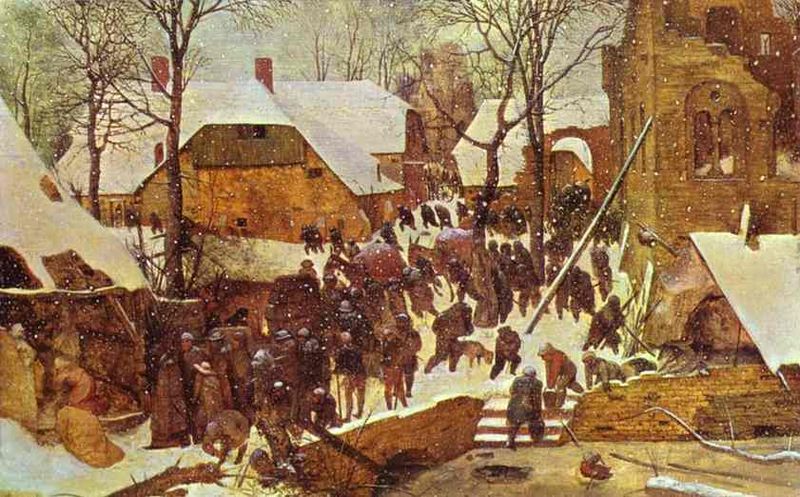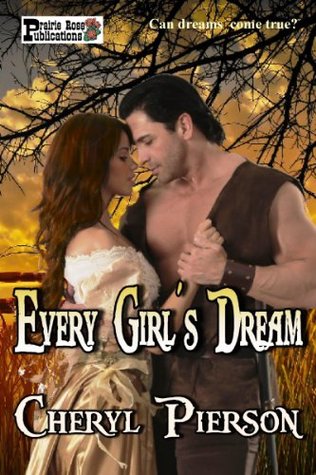By Kristy McCaffrey
If you’ve been on Facebook or Twitter, then you might have
seen posts about National Novel Writing Month, or NaNoWriMo. During the month
of November writers from around the world collectively put their butts in the
chair and pound out a novel. There’s a
website
where you can register your project, track your daily word count, and interact
with your friends and colleagues who are also participating. To win NaNo, you
must write 50,000 words by November 30. If you’re a writer, you know how tough
this can be. And if you’re a reader, you might wonder what all the fuss is
about.
I’ve successfully completed two previous NaNo’s—the first
was for my western romance THE BLACKBIRD (2014), and the second was my romantic
suspense novel about great white sharks titled DEEP BLUE (2016).
How does NaNo benefit a writer? It forces the internal
editor to take a vacation. Believe me, this is far harder than it sounds, and
is probably the biggest battleground an author will face in trying to complete
NaNo. The internal editor not only encompasses good sentence structure and
proper grammar, he/she also wants fully-fleshed characters right out of the
gate, will insist on researching the name of the road in that western town in
1877 before allowing any more forward movement in the story, and wants to
investigate every Irish surname for a secondary character who only appears in
one scene. The internal editor can be the harshest of critics, and many a writer
has succumbed to crippling self-doubt as a result.
But if an author has already published several novels,
he/she must have found a way to work with this ridiculously overbearing boss,
right? Excuse me while I laugh hysterically. Okay, I’m back. The short answer
is, no. But all is not lost, and that’s where NaNo helps writers to shine. It forces
us to push past the persnickety side-commentator and get the story down. NaNo
is all about the first draft—those random and sometimes illogical beginnings of
our stories. As a reader, all you’ve ever seen is the spiffed up final version
of a project, so it’s hard to understand that it didn’t always look that way. Most
first drafts would shock the spit right out of you. Just kidding. They’re not
that horrifying, but they can be quite the hot mess.

To write 50,000 words in one month (and November only has 30
days), a writer must punch out 1,667 words per day. I usually round up to
2,000, because life doesn’t stop for me to write, so there will be days when I
don’t hit that goal. Since my novels tend to be 75-85K in length, writing 50K
won’t be the entire book. This leads to the most important advice I can offer
about NaNo—make sure you get to THE END. This means that some scenes will be
skipped, heavy description and backstory will be lightly touched upon, and
character development will be invariably sketchy. But this is a good thing.
Getting to the end offers insights that can’t be found any other way, and it
will make the first revision pass much more fruitful.
One quirk I’ve learned during NaNo is that my scenes end up
out of order. Since I know this about myself, I don’t spend too much time in my
transitions from one incident to the next, because I’ll likely be moving them
around later. I simply try to find the interior energy of a scene and expound
on that as best I can. Then I move on. You can’t dilly-dally during NaNo.

And while it’s true I’ll be forced to discard large chunks
of my preciously speed-written prose during the refining stages of the
manuscript, it’s never wasted. I almost always learn something from the misstep,
either about my characters or a plot direction that wasn’t going to work. I’ve
also had delightful surprises. I didn’t find the great white shark star of my
suspense book until the very end of the first draft. Her name was Bonnie, and
when she arrived she changed the whole tone of the story. That’s why it’s
important to get to the end. Once I knew about her, it was clear how I needed
to lay the groundwork for her presence earlier in the book, and it completely
informed the direction of my revisions.

This year, I’m unofficially participating and I won’t lie,
it’s stressful. Some days I just can’t figure out what should happen next, and
my mind’s innate tendency to wander off—online Christmas shopping! Let’s do
that!—must be held in rigorous check. The manuscript (ANCIENT WINDS, the third
book in my suspense series) is unfolding in a choppy and somewhat haphazard
way, and it’s downright maddening. But … I’m finding those little gems along
the way. (I have a fabulous scene in the Amazonian jungle with my hero and
heroine and an anaconda that quite surprised me.) And this is because NaNo
doesn’t let up; it forces you to write something. Anything. It
inspires innovation.
So, if you’re a writer and haven’t given NaNo a try, consider
it. You might astonish yourself. And if you’re a reader, have sympathy for
those participating. We won’t be grumpy lunatics for long.






























